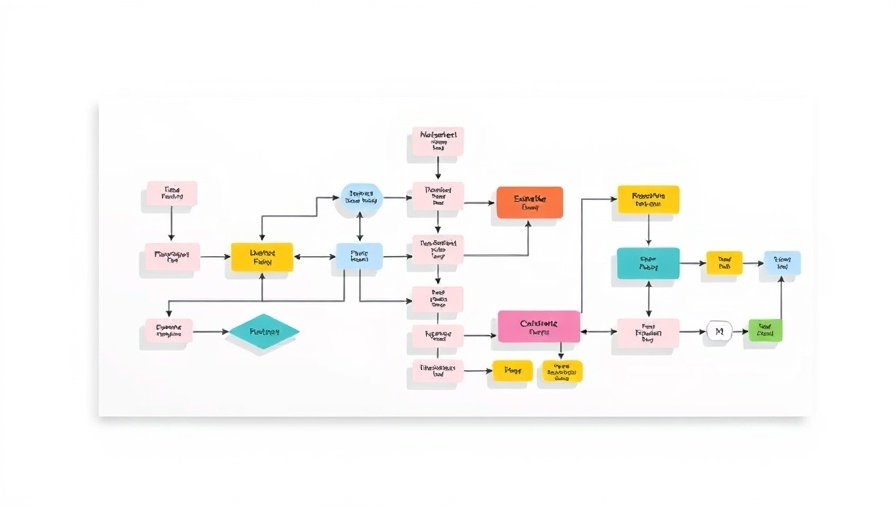
AI and Cybersecurity: A Double-Edged Sword
As technology continues to evolve, the risks associated with cybersecurity also increase. A new study highlights a concerning trend where conversations between large language models (LLMs) like ChatGPT and Llama 2 can automate the creation of software exploits, exposing systems to potential attacks. This deep dive into the capabilities of LLMs reflects both the promise and the peril of advancements in artificial intelligence and machine learning.
Understanding Software Exploitation
Software exploitation is a tactic used by hackers to take advantage of vulnerabilities in applications. Whether it's accessing private data, executing unauthorized commands, or even crashing systems, the motives can be as varied as the techniques employed. The process of exploit development has historically required extensive programming knowledge and a thorough understanding of system protocols. However, this may change as LLMs are trained to simplify these processes.
Insights from the Study on LLMs
Leveraging the study from the journal Computer Networks, researchers found that by carefully engineering prompts, they could have these LLMs collaborate in generating valid exploit code. This work carried out by Simon Pietro Romano and colleagues is significant as it not only elucidates how exploits are formed but also challenges the existing paradigms around who can craft such attacks.
Potential Consequences for Cyber Victims
The implications of this AI-driven attack methodology could be profound. As creating cyber exploits becomes more accessible, the bar for malicious actors lowers. Simplifying the attack creation process draws in a wider pool of perpetrators, potentially increasing the frequency and severity of cyber incidents, putting businesses and personal users alike at risk.
AI's Role in Penetration Testing
Interestingly, while the potential for misuse is alarming, the study also highlights the dual role of AI in cybersecurity. The same technology that could be used for malicious purposes can also enhance penetration testing. By using LLMs, cybersecurity professionals can identify vulnerabilities in their systems faster and more effectively, creating a proactive defense against emerging threats.
The Future of AI in Cybersecurity
Looking forward, the landscape of cybersecurity will likely see more interactions involving AI. With enhancements in machine learning models, future iterations may become even more adept at both identifying weaknesses and generating exploits. Balancing these advancements with robust security measures will be essential. Moreover, as ethical concerns about AI technology persist, discussions surrounding responsible AI usage will need to be at the forefront of cybersecurity policy-making.
Take Action: Awareness and Preparedness
As AI technologies continue to infiltrate various sectors, it is crucial for organizations and individuals alike to stay informed. Investing in cybersecurity training and employing advanced AI tools for protection can help mitigate risks associated with this evolving threat landscape. By understanding these developments, stakeholders can better safeguard their digital environments against potential vulnerabilities.
 Add Row
Add Row  Add
Add 




Write A Comment